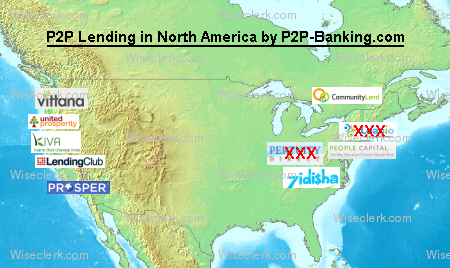A new US patent filed claims that may be a good idea! The patent application “System and method for assessing credit risk in an on-line lending environment” describes a risk assessment method, where the first level links on a social network would be checked for a borrower. It aims to derive insights from looking at the age and “activity” of these first level contacts.
Does What Your Friends Say About You Determine If You Are Creditworthy?
In a step further the method suggests to “invite linked users to provide a personal endorsement of the borrowing party; sending an endorsement invitation to identified users; and receiving endorsements from the identified users, the endorsement providing a rating of the user trustworthiness based on a numerical scale; determining and aggregate endorsement score from received endorsement which is included in the assessment score”
Assessment score to be used as one of several criteria
The patent filed by Canadian company Neobanx Technologies, Inc was previously already filed in Canada. Inventors Ronald N. Ingram, Dylan Littlewood and Aston Lau describe the whole process with assessment score and endorsement score being only 2 of multiple elements that are used to assess the risk.
The potential problems with using data from social networks for the purpose of risk assessment in p2p lending were already described in detail in the article: “For Debate: Can Data from Social Networks be Used to Reduce Risks in P2P Lending“. I still think that social network data could be used to some degree as additional data for lenders – but not to the degree this patent seems to imply.
It would be most interesting to see this implemented and monitor how it works out.
What is your opinion, dear reader?


